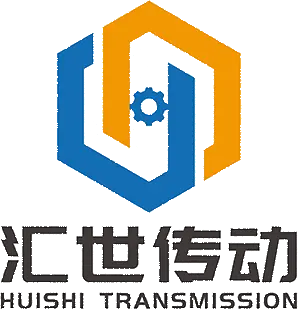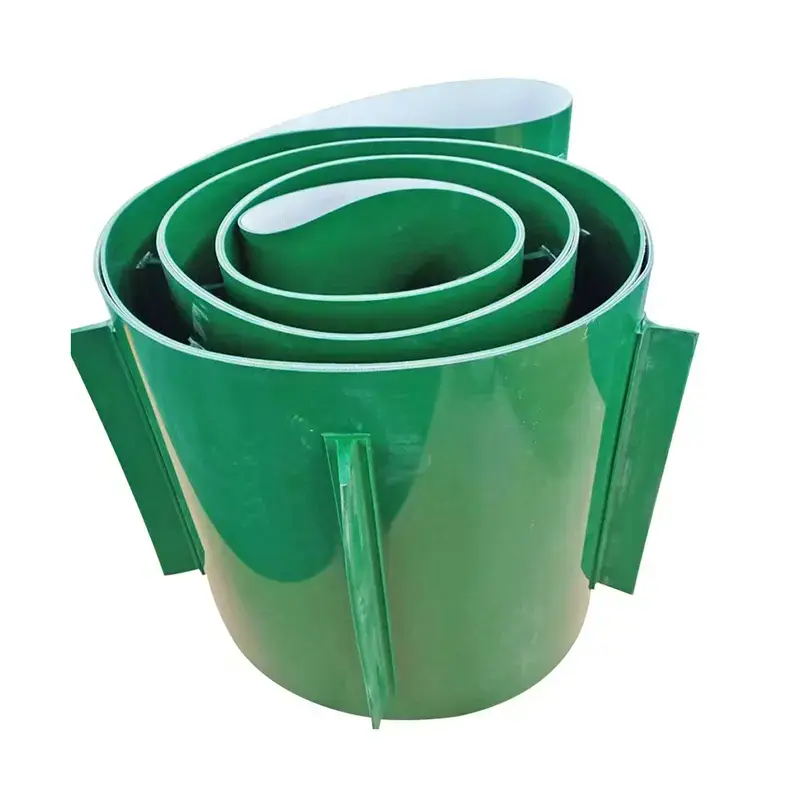 +86-19862000127
+86-19862000127 Conveyor Telescopic: Streamlining Material Handling for Modern Logistics
In today’s fast-paced logistics and warehouse operations, Conveyor Telescopic systems play a critical role in enhancing efficiency, reducing labor costs, and optimizing cargo handling. These extendable conveyors allow seamless loading and unloading of goods, particularly in shipping docks, airports, and large distribution centers. For B2B companies, choosing the right conveyor telescopic solution can significantly improve operational workflow and overall productivity.
Key Advantages of Conveyor Telescopic Systems
Investing in a high-quality conveyor telescopic system offers several benefits:
-
Enhanced Efficiency: Extendable design allows rapid loading/unloading, reducing turnaround times.
-
Labor Savings: Minimizes manual handling and reduces workforce requirements.
-
Flexible Operation: Adjustable length and speed accommodate different vehicle sizes and cargo types.
-
Durability: Built to handle heavy loads with minimal maintenance.
-
Safety: Integrated sensors and automatic stop mechanisms protect operators and goods.
Types of Conveyor Telescopic Solutions
Depending on operational needs, manufacturers offer various Telescopic Conveyors:
-
Hydraulic Telescopic Conveyors – Use hydraulic mechanisms for smooth extension and retraction.
-
Motorized Telescopic Conveyors – Automated belt movement improves speed and efficiency.
-
Portable Telescopic Conveyors – Easily relocated for flexible warehouse layouts.
-
Heavy-Duty Telescopic Conveyors – Designed for cargo exceeding standard weight limits.

Selecting the Right Conveyor Telescopic for Your Business
B2B buyers should consider the following factors when sourcing conveyor telescopic systems:
-
Load Capacity: Ensure it meets the maximum weight of goods handled.
-
Reach and Length: Adjustable range should cover all loading/unloading points.
-
Integration: Compatibility with existing warehouse management systems and equipment.
-
Customization Options: Ability to adapt belt speed, length, and control systems to specific workflows.
Conclusion
A well-chosen conveyor telescopic system can transform logistics operations by improving efficiency, safety, and reliability. For B2B companies handling large volumes of cargo, investing in durable, flexible telescopic conveyors ensures faster operations, reduced labor costs, and enhanced overall workflow.
FAQs About Conveyor Telescopic
1. What industries commonly use telescopic conveyors?
Telescopic conveyors are widely used in shipping docks, airports, warehouses, and distribution centers.
2. Can telescopic conveyors be customized for specific cargo types?
Yes. Manufacturers offer adjustable lengths, load capacities, belt types, and speed settings to match operational requirements.
3. How do telescopic conveyors improve safety?
They reduce manual handling, include sensor-based automatic stops, and provide ergonomic loading/unloading operations.
4. What is the difference between hydraulic and motorized telescopic conveyors?
Hydraulic conveyors use hydraulic cylinders for extension/retraction, whereas motorized conveyors drive the belt automatically for faster cargo movement.













